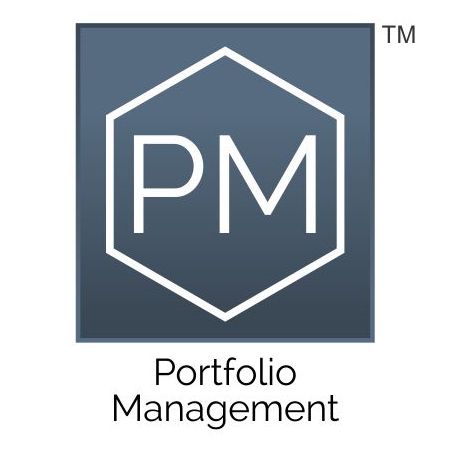
Enable Decision Making With a Whole Lifecycle View

Is there a mad rush at the start of the financial planning season to allocate budget for next years projects? Despite this mad rush, is there always CAPEX left in the budget simply because there have not been enough approved business cases to spend it?
Are there more projects in progress than actually got delivered last year?
Do projects actually reflect the strategic intent of the organisation or are they indeed more a reflection of the needs of the person who shouts loudest?
Typically decision making is made in discrete jumps without referencing the longer-term aims of the organisation. Leakage of ideas and projects both in and out of the pipeline can then substantially reduce the potential value created for the organisation.
An excellent course blending theory and practical application. Jon demonstrated excellent knowledge across the subject matter, accommodating individual needs of the course.
Jason Danbury, Strategic Enabler of ICT, West Midlands Fire Service
We take a lifecycle view. We recognise that throughput, from conception of the value proposition to delivery and then retirement, is a key source of credibility for the organisation and Portfolio Management.
To manage the leakage of ideas, products and projects both into and out of the roadmap, we reference along the lifecycle the strategic intent of the organisation to ensure that there is continuous alignment and value generated.
Fundamentally, Portfolio Management has two questions to answer- do we have a balanced portfolio of activity, and secondly what activity shall we take to the next stage? We divide this into a lifecycle into five stages:
-
Innovate Approach: Driving lessons learnt, failed(!) experiments, successful proof of concepts, validated business models and minimum viable products.
-
Feasibility approach: Reviewing scalable implementation pilots, defining business cases and doing impact assessments.
-
Programme Approach: Delivering Products, Programmes and Projects according to ROI and risk according to information presented in business cases.
-
Operational approach: Optimising a return on investment through continuous improvement and managing expectations.
-
Decommissioning approach: Managing technology debt: assessing whether products or services still deliver value and selecting those services that are candidates for decommissioning, to restart the cycle again.
To enable this lifecycle view we need to implement:
-
Governance: enabling effective executive decision making
-
Demand Management: marshalling, triaging and prioritising competing requests for resources.

The Outcome
Feel sufficiently confident to implement the techniques on leaving the workshop with an action plan to transform the partnering role in your organisation.
Benefits of applying the workshop techniques:
The right data to enable executive decisions -ROI / Risk
Accelerate more rewarding products or projects
Stop wasteful activity sooner
Balance short-term and long-term
Benefits of applying the workshop techniques:
The right data to enable executive decisions ROI / Risk.
- Reduce the forecast error in assessing the value and outcomes in business cases through better risk management
- Enable effective decision making through governance - ask the right questions, provide criteria for assessment and define decision rights.
Accelerate more rewarding products or projects
- Use of the latest proven methods to improve throughput and quickly make decisions
- Create options to choose from rather than first business case "past the post".
Stop wasteful activity sooner
- Balance your portfolio of activity according to the risk appetite of the Decision Makers
- Reference Strategic documents in the negotiation and prioritisation of the next tranche of work to be started
- Review the value realisation of projects to ensure they are meeting the target and decide GO/ NO-GO
Balance short-term and long-term
- Balance your portfolio of activity according to the risk appetite of the Decision Makers
- Ensure the right criteria are being applied in the right context to make effective decisions.
- Create dashboards that help Decision Makers understand the relative position of their portfolio
Portfolio Outline
Governance
|
Feasibility Approach
|
Demand Management
|
Programme Approach
|
Innovation Approach
|
Operational And Decommission Approach
|
Overview
|
Sample Video from our Training Course
This video comes from the section Overview / "Lifecycle, Risks and Roadmaps".
What You'll Get:
What We Bring:
Clear Framework
Approach oriented towards business outcomes
Tools you can use
Practice in the techniques
Illustrative case studies
Reflection
Opportunity to stand back and reflect on personal as well as team performance
Action plan
Thought Leadership
Through research and application
Insight
How to apply the techniques with your current challenges (you're not alone)
Years of experience
Managing people and technology in corporate settings.
Coaching
Group webinars facilitated live with an expert.
PORTFOLIO

Overview
Governance
Demand Management
Innovation Approach
Feasbility Approach
Programme Approach
Operational Approach
Decommission Approach
Release Expected Q2 2021. Sign up below to be the first to hear about the launch!
SDBP® Practitioner Certificate

Buy ALL FIVE as a bundle, get a discount, pass the exam AND WRITTEN CASE STUDY ASSESSMENT and gain the SDBP® Practitioner certificate
Coming Soon!